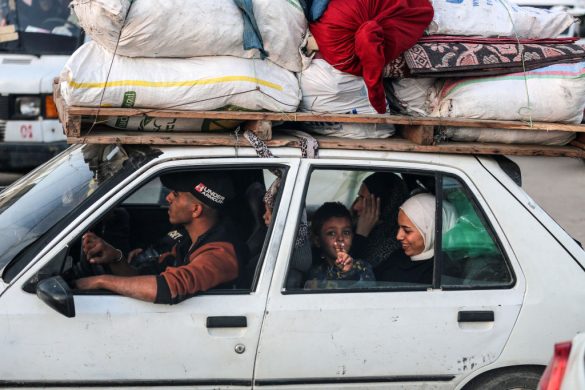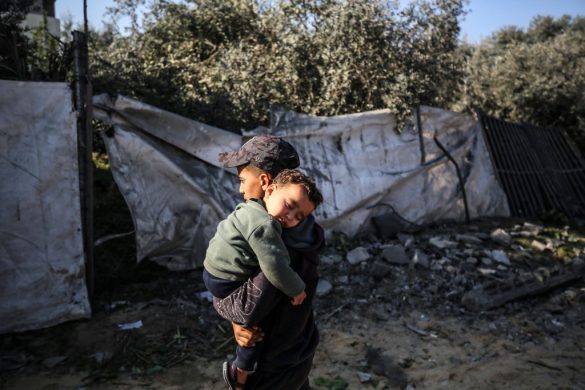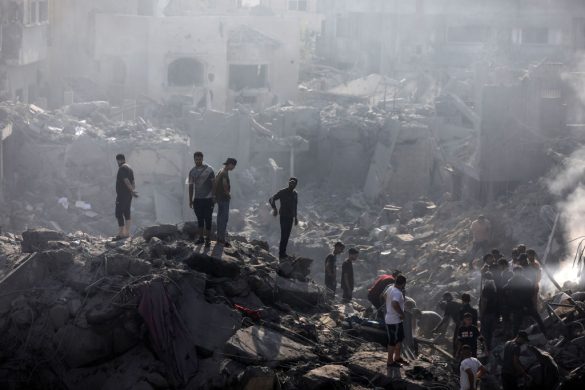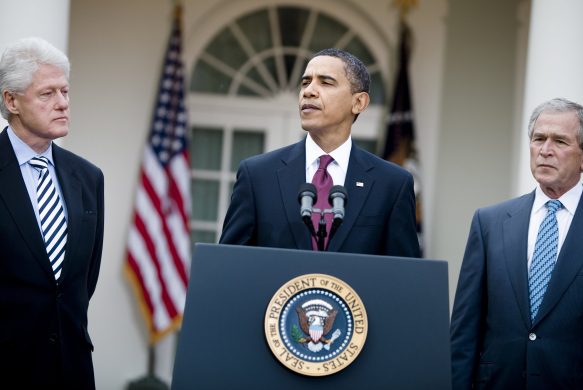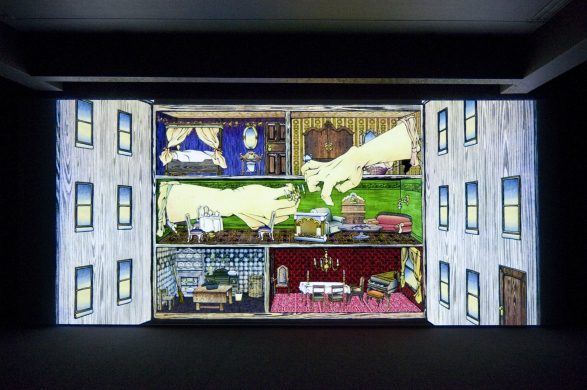Millioner af slumboer i en af verdens største byer oplever, at staten kobler dem fra – nu kobler de så staten fra og opbygger deres helt egne systemer for at overleve i en barsk virkelighed uden offentlige serviceydelser, og hvor de relativt få bistandsprojekter er druknet i korruption.
CAIRO, 23 January 2014 (IRIN): For the residents of the Middle East and Africa’s largest city, Cairo, 2013 ended with the often repeated government promise to finally provide basic services and development in the slums, where half of the city’s residents live.
But instead of waiting for Prime Minister Hazem Al-Beblawi’s slum renewal project, announced in November, to bear fruit, many are simply coping as best they can without the state.
When basic services are lacking, it is often down to slum dwellers to use their own initiative.
They dig land, construct septic tanks and water pipes (rør), install storage barrels, and raise community funds to get private engineers to build sewage pipes (kloakrør) and connect them to the main network.
“These communities have an inherent self-reliance in finding ways to get by,” said Thomas Culhane, co-founder of Solar CITIES, an NGO that invests in solar and renewable energy in poor communities.
Mistrust against the government
Few sit around waiting for the government to fulfil its promises.
“There is a lot of mistrust among slum residents regarding the government’s intentions. They have been promised so many things, yet nothing’s been delivered,” said Khalil Shaat, technical advisor at the German Agency for International Cooperation (GIZ).
According to official government figures, Cairo has 112 informal areas.
Out of those, 24 are classified as “category I”, or life-threatening. Twenty-eight are “category II”, meaning unsuitable housing; 11 are “category III”, meaning health-threatening; and 49 are “planned”.
Ezzat Naem Guindy is the founder of the Spirit of Youth Association for Environmental Service (SOY), which works in Manshiet Nasser, one of Cairo’s largest slums.
He says the area is a “model” in terms of self-reliance. While the government is not completely absent, poor infrastructure and the irregular provision of public services create serious problems.
IRIN took a look at how Manshiet Nasser slum residents survive, and how they compensate for the lack of state support with their own networks of services.
Water and sewage (kloakering)
Most informal areas in Cairo find ways to access to water and electricity, though Shaat estimates only 20 to 30 percent of homes are connected to the formal water network.
Almost 60 percent are hooked up to an informal network, while around 10 percent have no water at all.
No more than 5 to 10 percent of these areas have a formal sewage network, with the rest getting rid of waste water through septic tanks, many prone to leaking.
Back in the mid-1980s, the World Bank granted funding to the Cairo governorate to supply Manshiet Nasser with water, sewage and electricity.
“Only half of the money had been spent because of corruption leaving many parts of the area cut off,” Guindy told IRIN. Two main sewage and water pipes were built, too few for the 65.000 residents of Moqattam Village, part of Manshiet Nasser, he says.
Less than half of the residents, mainly living in the lower zone, access water regularly – though with frequent interruptions.
Paid up from their own pockets
In the upper zone, things are far worse says Guindy.
Until recently, they only had water in the taps (hanerne) on Sundays, when recycling workshops – which operate with water-intensive machinery – are closed; that is when they fill up private water tanks for the rest of the week.
“Four months ago, we raised 300 Egyptian pounds (43 US do]lar) from each family to buy a big engine, and placed it at the top of the lower zone’s pipe to pump water up,” said Guindy. Water now runs three to four hours a day outside of Sundays.
Those living in other streets have installed their own private connections to the main water or sewer.
“I see water coming at night time. I store it in tanks to use during the day”, resident Said told IRIN
After pressure from the local community, the Minister of Housing and Infrastructure and Cairo’s governor visited Manshiet Nasser around three months ago.
A project was subsequently announced to provide new water and sewage networks, and it has been promised that the whole area will be supplied by September 2014.
Waste disposal
Læs videre på
http://www.irinnews.org/report/99518/living-without-the-state-in-cairo-s-slums





